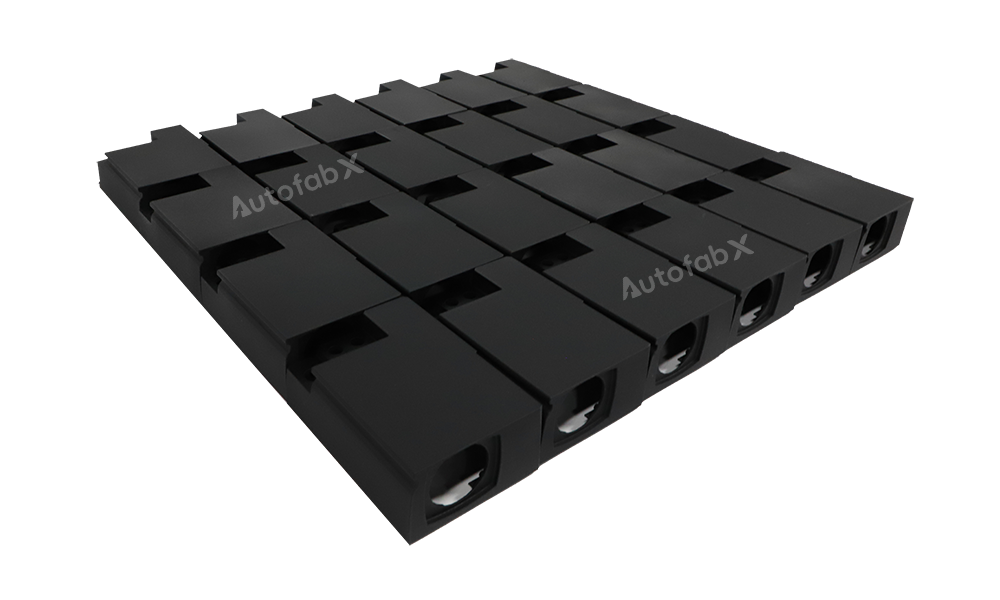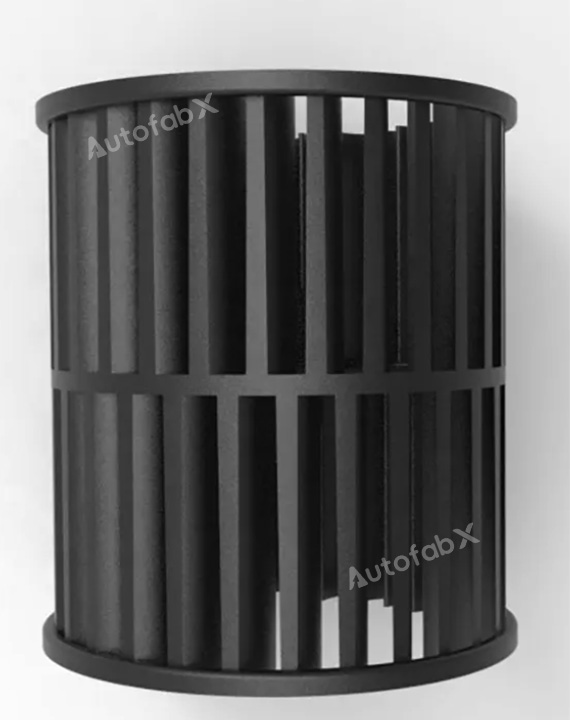
Quick Look
| Hardness | Tensile Strength (Mpa) | Young's Modulus (Mpa) | Elongation at Break, % | Impact Strength (KJ/m²) |
|---|---|---|---|---|
| 80-85 Shore D | 80-82 | 3200 | 4-5 | >28 |
About the Material
Material Advantages:
High Strength and Toughness: The Nylon-like material combines excellent strength and toughness, making it suitable for applications requiring durability.
High-Temperature Resistance: The material can be used in environments with temperatures ranging from 60°C to 100°C, ideal for high-temperature scenarios.
Good Dimensional Stability: Maintains dimensional accuracy under different environmental conditions, making it suitable for master models and precision parts.
Material Limitations:
Limited Chemical Resistance: The material may have limited resistance to some chemicals, and it requires evaluation based on specific applications.
Processing Limitations: Due to the material characteristics, there may be limitations in molding and processing, requiring specialized equipment and techniques.
Physical Properties Table for Nylon-like Material (Urethane Casting Process):
| Property | Value/Description |
| Hardness (Shore D) | 83 |
| Density | 1.12 g/cm³ |
| Cubic Inches per Pound | 24.7 cubic inches |
| Color | Natural (off-white) |
| Tensile Strength | 55 MPa |
| Tensile Modulus | 2000 MPa |
| Elongation at Break | 20% |
| Flexural Strength | 80 MPa |
| Flexural Modulus | 2200 MPa |
| Shrinkage (linear) | 0.15% |
| Impact Strength | 25 kJ/m² |
| Bending Strength | 80 MPa |
| Glass Transition Temperature | 100°C |
| Maximum Pouring Thickness | 10 mm |
| Demold Time | 2 hours |
Chemical Properties Table:
| Property | Value/Description |
| Water Absorption | 0.8% |
| Acid Resistance | Moderate |
| Alkali Resistance | Good |
| Oil Resistance | Good |
| Solvent Resistance | Moderate |
Design Parameters:
| Maximum Bulid Size (mm) | Minimum Wall Thickness (mm) | Minimum Assembly Gap (mm) | Tolerance | Minimum End Mill Size (mm) | Minimum Drill Size (mm) |
| 500x500x500 | 1 | 0.2 | 0.50% | / | / |
Industry Applications and Case Studies:
Automotive Industry: Used for high-temperature engine components and interior parts.
Aerospace: Suitable for lightweight yet high-strength structural components.
Medical Devices: Used for durable and precision medical device housings and parts.
Consumer Electronics: Applied for the production of electronic product housings requiring high strength and precision.
Frequently Asked Questions (FAQs):
Is the material suitable for outdoor use?
Due to limited weather resistance, it is recommended to apply appropriate surface treatments or coatings for outdoor applications.
Can the material undergo secondary processing?
Yes, it can be machined, drilled, and tapped, but care must be taken with the processing parameters to avoid damaging the material.
How is the chemical resistance of the material?
It has good resistance to most oils and alkaline substances, but limited resistance to strong acids and some solvents.
Can the color be customized?
Colors can be customized by adding pigments during casting; however, note that color changes may affect material performance.
What is the recommended temperature range for use?
The recommended temperature range is from -20°C to 100°C to ensure stable material performance.
Finishing Options








Parts Made by AutofabX
